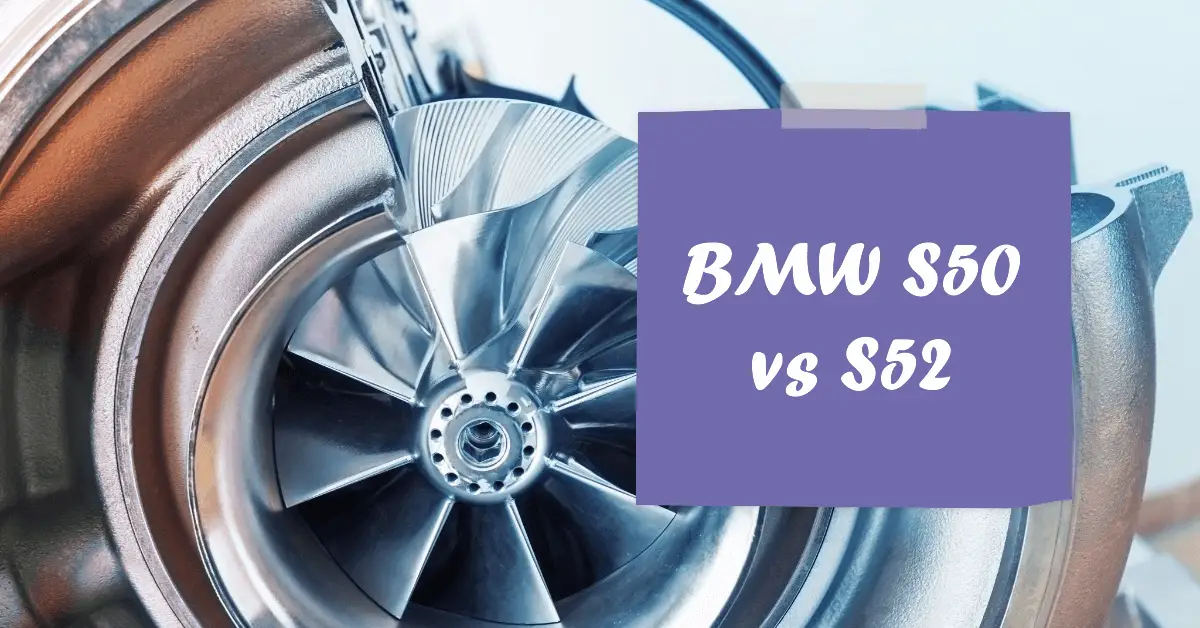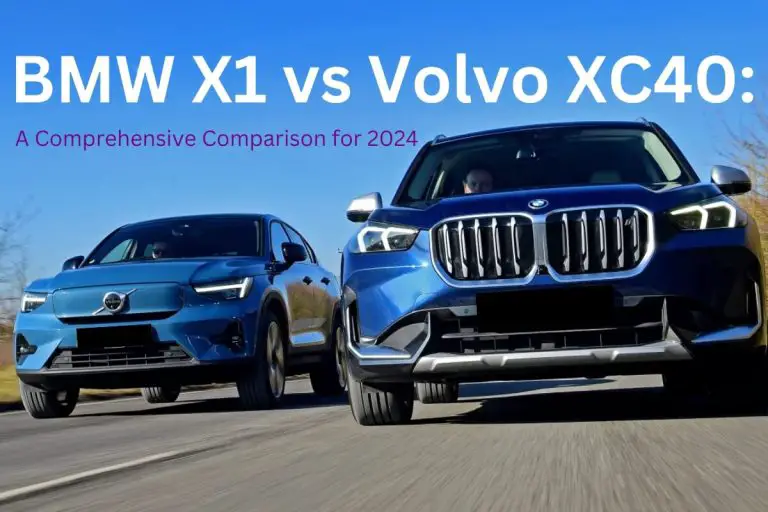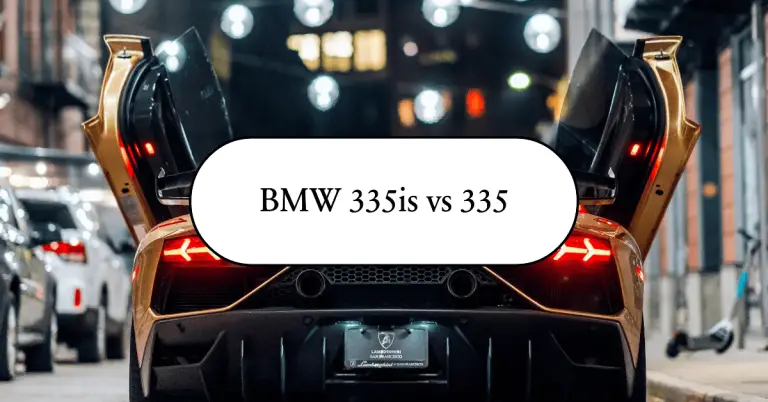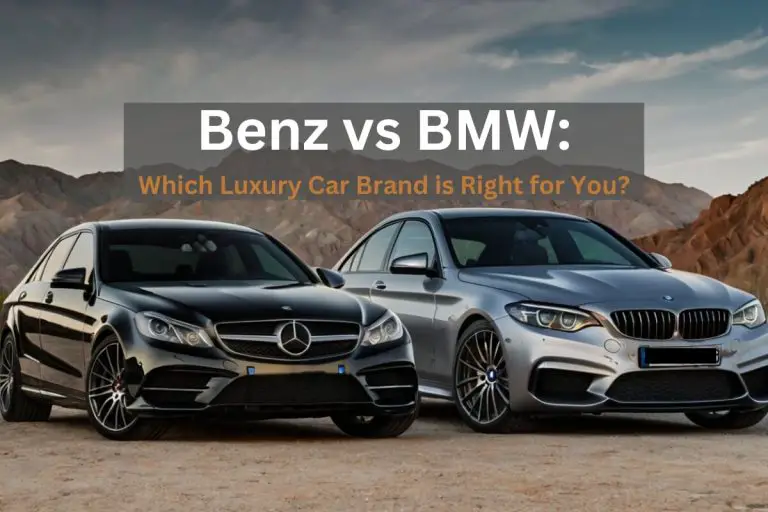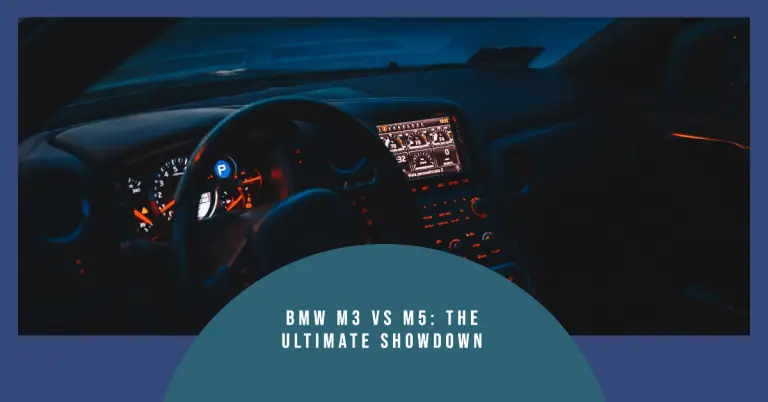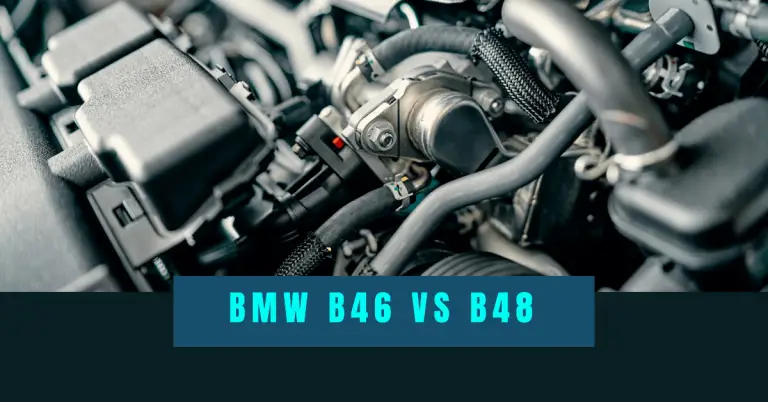BMW S50 vs S52 – Which Iconic Inline 6 is Better?
BMW has produced some of the most legendary inline 6 cylinder engines over the past few decades. Two of the most popular and tuner-friendly are the S50 and S52.
The high revving S50 powered the E36 M3 from 1992-1996, while the torquey S52 debuted in the 328i and M52 in 1994. But which of these iconic BMW inline 6 engines is better?
In this S50 vs S52 comparison, we’ll look at the history, specs, tuning potential, reliability, and performance of these famous M and non-M motors. Read on to find out if the S50B30 or S52B32 is the supreme Bavarian 6 cylinder!
A Brief History of BMW’s S50 and S52 Inline 6 Engines
BMW’s inline 6 cylinder engines have a long and storied history stretching back to the 1960s. However, the modern era really began in 1992 with the debut of the S50.
The Race Bred S50 Powerplant
Developed largely for the E36 M3, the S50 featured a new aluminum block, dual overhead cams, and a higher 8500 rpm redline. Displacements ranged from 3.0L to 3.2L, with outputs from 240 to 320 horsepower.
The S50 enjoyed success powering the E36 M3 to multiple race wins and championships. This history of performance is why many BMW enthusiasts revere the S50 to this day.
The Torquey Everyday S52
In 1994, BMW released the S52 engine for its mainstream 3-Series and Z3 models. Although based on the S50, the S52 gained displacement to 3.2L, a new cylinder head, and other enhancements.
Horsepower was similar to the S50 at 240hp, but torque improved significantly to 236 lb-ft thanks to the larger bore and stroke. This extra grunt made the S52 better suited to daily driving than the high-strung S50.
Over its long production run, the S52 powered models like the 328i, Z3 roadster, and M52 coupe. It earned a reputation for being a tuner friendly engine that responded well to bolt-ons.
So now that we’ve covered some history, let’s dive into the specs and performance of the S50 vs S52!
S50 vs S52 Specs and Performance
On paper, the S50 and S52 share similarities but also have some key differences that impact power delivery and performance:
S50 3.0L Engine Specs
- Displacement: 3.0L
- Bore x Stroke: 87mm x 91mm
- Compression Ratio: 11.0:1
- Horsepower: 240hp@7000rpm (320hp S50B32 version)
- Torque: 236lb-ft@4750rpm
- Redline: 7900rpm
With its relatively short stroke, the S50 makes peak power at higher rpms. This gives the S50 an aggressive top-end focused character perfect for the M3 race car.
However, the 3.0L displacement limits torque production compared to the S52.
S52 3.2L Engine Specs:
- Displacement: 3.2L
- Bore x Stroke: 84mm x 95mm
- Compression Ratio: 10.2:1
- Horsepower: 240hp@6000rpm
- Torque: 236lb-ft@3900rpm
- Redline: 6800rpm
The S52 gives up some top end horsepower but realizes gains in low and midrange torque thanks to the longer 95mm stroke.
236 lb-ft from just 3900 RPM allows the S52 to accelerate harder right off idle. This makes the larger torque band more forgiving in regular driving.
S50 vs S52 Performance
In the E36 M3, the difference in power delivery between the S50 and S52 is clear:
- S50B30 powered M3 0-60 mph: 5.6 seconds
- S52B32 powered M3 0-60 mph: 5.8 seconds
Although ultimately quick, the S52 M3 is slightly slower due to the long stroke motor being less rev happy.
However, the S52 has an advantage in flexibility – engine torque starts building from just off idle. This can help overcome the peak power deficit in real world driving.
So while the S50 may have a slight edge in ultimate output, the S52’s spread of torque likely makes it feel faster in everyday use.
Tuning and Modification Potential
A major part of the appeal of the S50 and S52 is their potential for easy and reliable power gains from basic bolt-on modifications. But is one easier to tune than the other?
Aftermarket Support
Thanks to the M3 connection, the S50 has traditionally enjoyed more aftermarket support from BMW tuners. However, the S52 has become extremely popular in the 2000s.
Today, both engines have a wide range of performance parts available including intakes, headers, cams, engine software, and more. This makes picking a clear winner difficult.
Bolt-On Power Gains
Basic mods like intakes, exhausts, headers, and tunes can reliably add 30-50 horsepower to either the S50 or S52.
Some examples:
- S50 with headers, intake, tune = +40hp
- S52 with intake, exhaust, tune = +50hp
With just bolt-ons, the high revving S50 will pull stronger up top while the S52 realizes gains mostly in the midrange. Still, both engines respond very well to simple tuning.
Engine Internals
For big power goals over 400hp, the S52 tends to have an advantage. Its iron block is more durable than the S50’s aluminum unit when pushing past factory strength limits.
The S52 block can be bored and stroked to 3.4 or 3.5L displacements. This allows fitment of larger S54 components from the E46 M3 engine.
While the S50 can also be built up, its more delicate block usually requires Darton sleeves and other upgrades to avoid damage at high boost or cylinder pressures.
So when talking serious modification, the S52 is likely the better choice as a more robust foundation for big turbo builds.
Reliability and Engineering
Understanding the engineering and weak points of the S50 vs S52 is key to getting the best performance and longevity from either.
S50 Problems and Issues
Being the older motor, the S50 is slightly less refined and has a few well known problem areas:
- Rod bearings wear quickly when oil is neglected
- Oil pump nut backing out causes low oil pressure
- Vanos variable valve timing unit tends to fail around 100k miles
When maintained properly with frequent oil changes, the S50 can absolutely be reliable. But its finicky oiling system needs care to avoid spinning a bearing.
S52 Enhanced Durability
In redesigning the S50 for regular 3-Series models, BMW strengthened the S52’s weak spots:
- Rod bearings are a larger and stronger design
- Oil pump redesigned to eliminate backing out issue
- Vanos uses improved seals for longer life
These changes make the S52 extremely durable even at higher mileages. It’s not unusual to see examples go 200k+ miles without major issues.
Maintenance and Running Costs
In terms of maintenance, the S52 will typically be cheaper to own. Superior oil control means rod bearings don’t need preventative replacement like the S50.
And thanks to being newer, S52 parts like water pumps and vanos units tend to be more affordable too.
Overall, the S52 strikes a great balance of performance, tuning potential, and everyday driveability.
Verdict: S52 is the Better Overall BMW Inline 6
So after comparing specs, performance, tuning potential and reliability between the BMW S50 and S52, which legendary inline 6 is better?
Although the race-bred S50 is special for its history, the S52 makes a strong case for being the superior daily driver and street tuning engine.
Here’s a full S50 vs S52 comparison recap:
- The S52 makes more torque from lower RPM for better driveability
- Nearly equal bolt-on power potential, but S52 handles big boost better
- Increased reliability from improved engineering
- Cheaper cost of ownership thanks to less finicky oiling system
There’s no denying the S50’s racing pedigree in the E36 M3. But as an overall package, the S52 combines great power, tuning potential, and livability into one iconic inline 6.
Which BMW Inline 6 is Your Favorite?
The BMW S50 and S52 carved out their places in history as part of unforgettable M and non-M cars. Hopefully this S50 vs S52 comparison helps you better appreciate the pros and cons of each legendary engine.
So as a final rev battle – which iconic inline 6 do you think is the overall winner? Is the race-ready S50’s free revving nature impossible to top? Or is the real world power and tuning potential of the S52 more significant in a daily driven BMW?
Let me know your pick for the ultimate BMW 6 cylinder in the comments!

